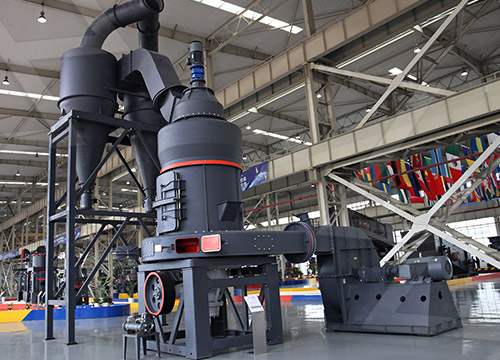The grinding process in a ball mill is a mechanical operation used to reduce particle size, blend materials, or prepare powders for industrial applications. Here’s a detailed breakdown:
—
1. Working Principle
– A ball mill consists of a rotating cylindrical shell partially filled with grinding media (typically steel or ceramic balls).
– As the mill rotates, the balls are lifted by centrifugal and gravitational forces to a certain height before cascading or cataracting back down, impacting and grinding the material.
—
2. Key Components
– Rotating Drum: Horizontal or slightly inclined cylinder.
– Grinding Media: Balls (varying sizes/materials like steel, alumina, or rubber).
– Feed & Discharge: Material is fed at one end and exits as fine powder at the other (can be wet or dry grinding).
—
3. Grinding Mechanisms
– Impact: High-energy collisions between balls and particles fracture larger grains.
– Attrition: Friction between particles and balls reduces size through abrasion.
– Compression: Particles crushed between heavy balls.
—
4. Process Variables Affecting Efficiency
| Variable | Effect on Grinding |
|———-|——————-|
| Mill Speed | – Too low: Insufficient cascading (poor grinding).
– Too high: Centrifugation (balls stick to walls).
– Optimal: 65–75% of critical speed (speed where centrifugation starts). |
| Ball Size | – Larger balls: Break coarse particles.
– Smaller balls: Fine grinding (more surface contact). |
| Ball Charge | Typically 30–50% of mill volume. Overfilling reduces efficiency. |
| Feed Size | Coarse feed requires larger balls/higher energy. |
| Material Properties | Hardness, brittleness, and moisture content affect grindability. |
—
5. Types of Ball Mills
– Batch Ball Mill: For small-scale or intermittent operations.
– Continuous Ball Mill: Steady feed/discharge for large-scale production.
– Wet Grinding: Liquid added to form slurry (prevents dust, aids transport).
– Dry Grinding: No liquid; used when moisture is undesirable.
—
 6. Applications
6. Applications
– Mining (ore processing).
– Cement production.
– Pharmaceuticals (API micronization).
– Ceramics/pigments (fine powder preparation).
—
 7. Advantages & Limitations
7. Advantages & Limitations
Pros




